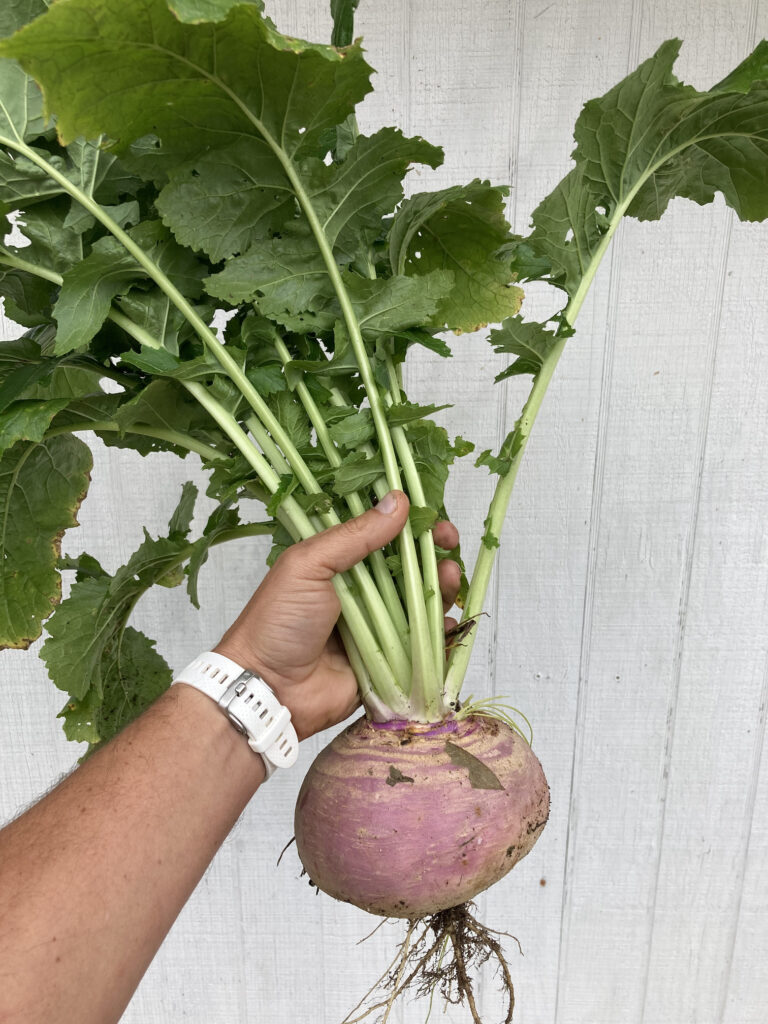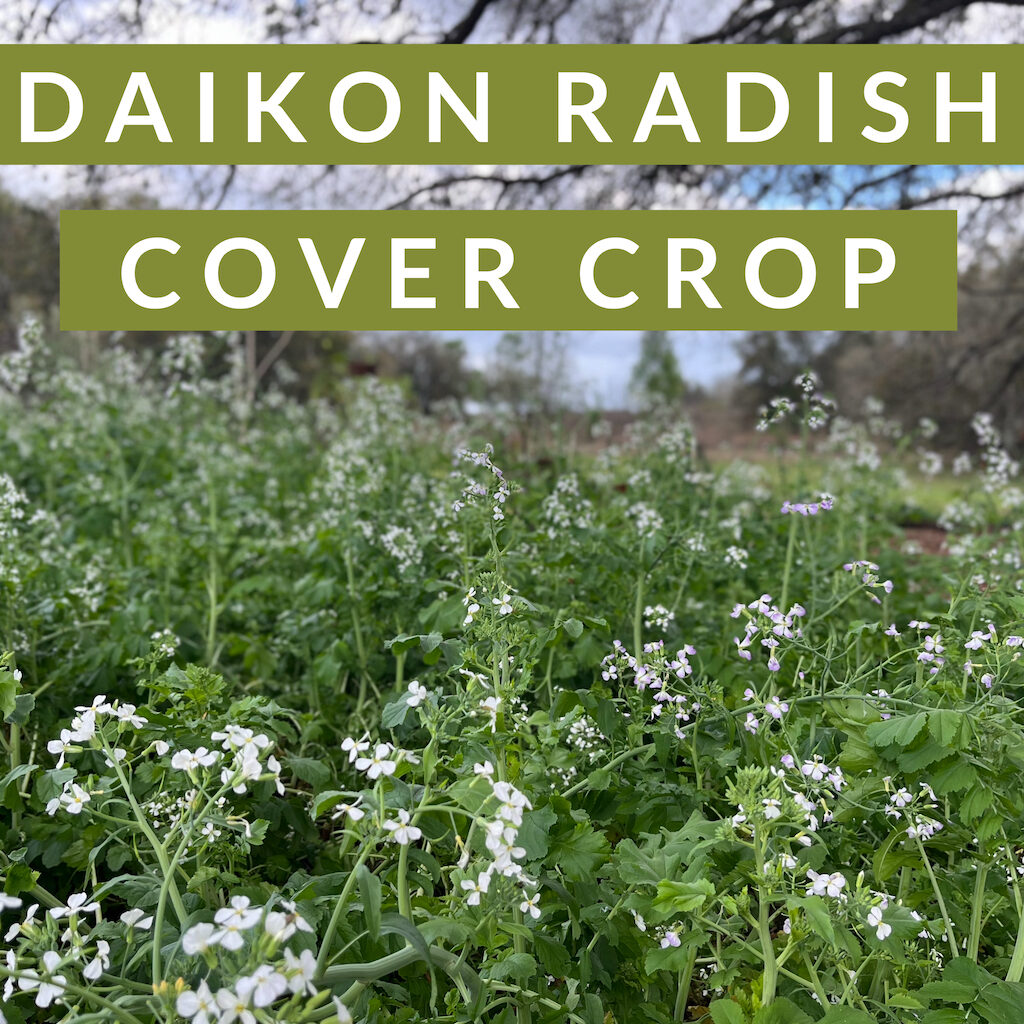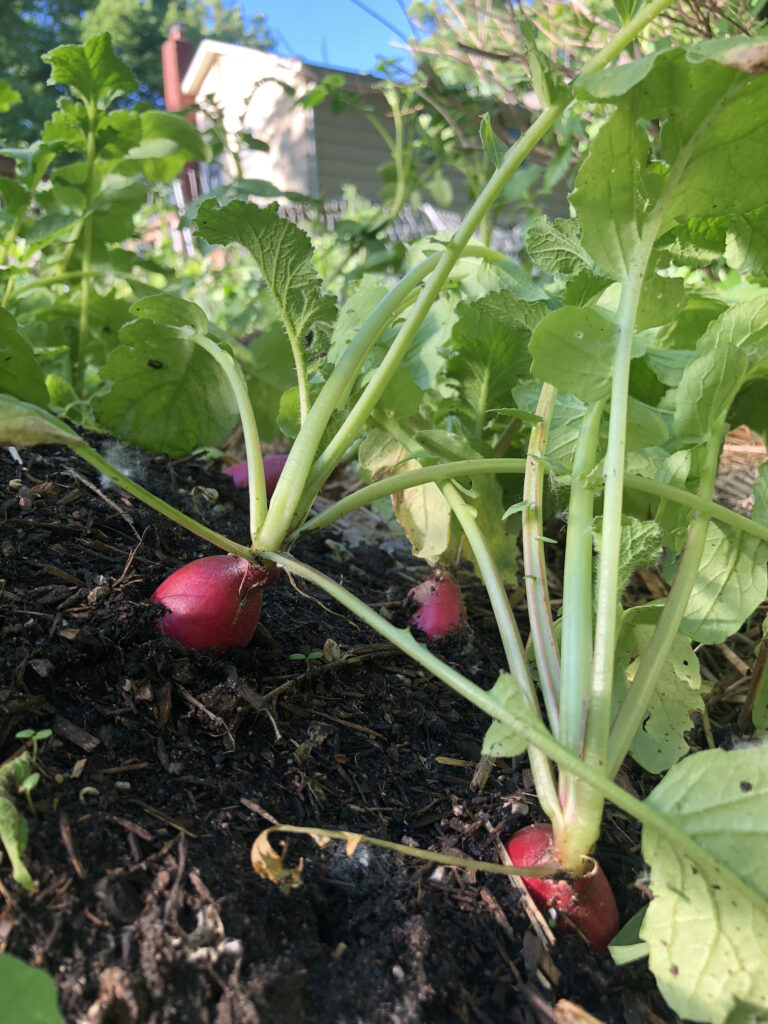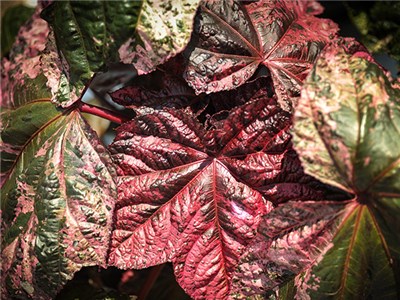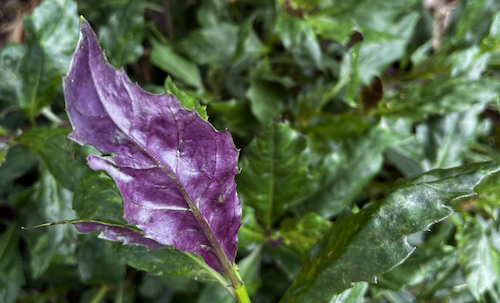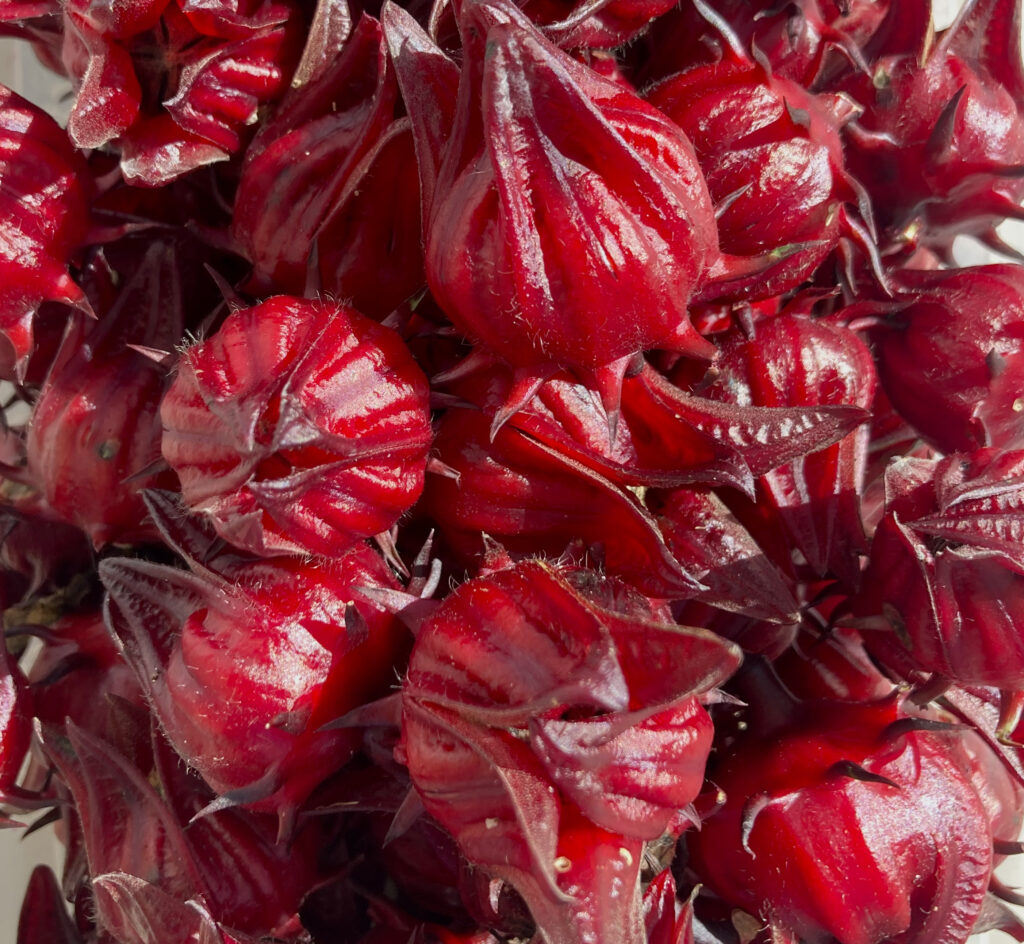In subtropical regions where frost is likely during the winter months (USDA Zones 9-10 especially), it’s imperative to protect certain plants during a frost. The two most common questions are these:
1. What plants should be protected during a freeze?
2. How do I protect my plants during a freeze?
Knowing what plants to cover and how to do it will help ensure the success of your garden and food forest. Keep in mind that sometimes plants only need to be covered when they are younger (under 6′ tall) or newly planted. Once plants are more established, they are less likely to die back during a hard frost, and they can take a little more beating from the elements. However, until they are established, they need to be protected with a little extra care. So, which plants (in USDA Zones 9-10) should be protected during a cold snap?
Here is a list to help you determine what needs the extra protection with a few notes on each species.
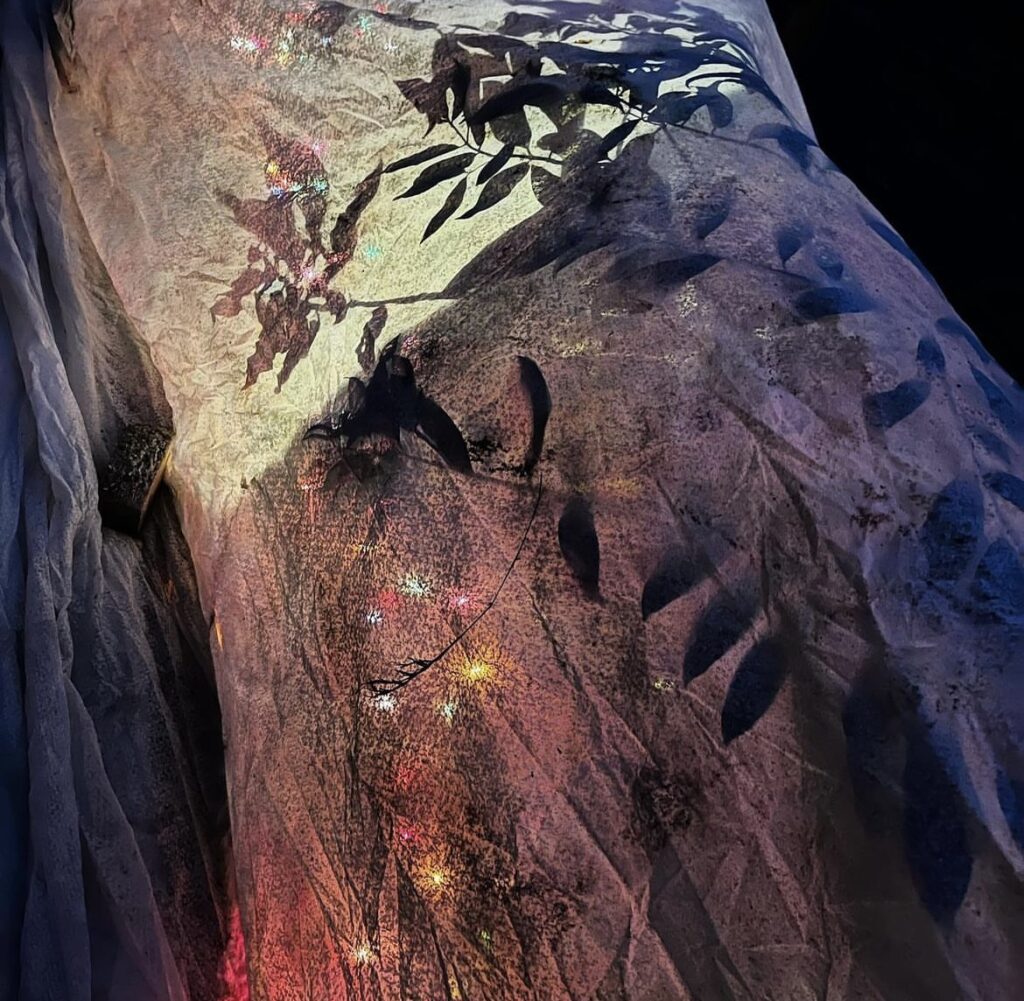
What Plants Should Be Protected During a Freeze
- African Blue Basil: Cover at 33 degrees. Will die back in a freeze, but do not remove damaged leaves. It will often rebound from the woody parts in the spring. Prune after possibility of frost has passed.
- Atemoya: Needs protection from temps under 35. Much hardier once established.
- Avocado: Needs protection from temps under 33 while young. Not necessary to protect until 28 degrees once they are established. May loose leaves, but will come back. Check the hardiness of your exact variety, as there is quite a difference in cold hardiness.
- Banana: Protect base and truck. Leaves will die back below 32 degrees. Leaves should be left on the tree until after April 1. Clean up dead leaves after the danger of frost has passed.
- Barbados Cherry (Acerola Cherry): Only protect younger plants (under 5′ tall). Hardy once established, but may loose leaves in a hard frost / freeze.
- Bilimbi: Must protect from freeze below 33.
- Canistel (egg fruit): Must protect below 32.
- Cashew: Protect below 33 until established. Larger trees are often hardy down to 28.
- Cassava: Leaves will die at 32 degrees. However, at that point, it’s generally time to dig up and harvest each plant. Save cuttings of the stems to propagate more later. Dried stems can be used up to three months later (even without water).
- Cattleya guava (strawberry guava): Hardy down to 24 degrees. Cover at 32 to protect leaves. Usually will readily rebound after leave damage occurs.
- Carambola / Star fruit: Needs protection from temps under 35. Much hardier once established.
- Chaya: Cover younger plants below 32. However, once they are hardened off and established, they will come back from the older growth. Great to chop and drop after April 1.
- Cherry of the Rio Grande: Cold hardy once established, but protect if under 3′ tall.
- Citrus: Protect below 33
- Coffee: Protect below 34
- Custard Apple: Protect younger trees. These may defoliate for the winter, but leaves will come back fresh in the later spring. Hardy once established. Leaves tend to get powdery mildew when the turn brown, so be ready to spray with neem and basic H.
- Dragonfruit: ones growing up the south side of trees are often more protected. Otherwise, cover below 33.
- Guava: Cover young plants below 33. Hardy once established and will not need covering.
- Hibiscus: For roselle and cranberry hibiscus, it’s better to save seed and regrow in the spring time. These are actually a self seeding annual / tender perennial. Prone to powdery mildew in cooler weather.
- Ice cream Bean: Protect below 34.
- Jaboticaba: Young plants need protection under 35 degrees, but older plants may be much more hardy.
- Jackfruit: Protect trees under 10′ tall at 33 degrees or below. Normal to loose leaves in a frost.
- Longan: Protect younger trees. Hardy once established. May defoliate, but leaves will return in the spring.
- Lychee: Protect younger trees. Hardy once established. May defoliate, but leaves will return in the spring.
- Mango: Protect trees under 10′ tall to the best of your ability. They are hardier once established, but cannot do temps under 28 very well.
- Miracle Fruit: Often grown in a pot in the winter so it can be taken indoors to a sunny window. Then returned outside in the warmer months in part shade or full shade. Cannot tolerate under 35 degrees.
- Moringa: Hardy once established. Leaves will drop for the winter, but will come back in the spring. Great time to prune and shape while dormant.
- Nasturtium: Cover or save (and dry) seeds for replanting.
- Nightshades: Tomatoes, peppers, eggplants, ashwagandha, etc.
- Pandan: Leave planted in a pot where frost is likely. Then bring indoors under 40 degrees. They prefer full shade when outside and a sunny window when indoors.
- Papaya: Protect under 33 degrees. Remember, it’s a fast growing and short lived tree anyway.
- Pigeon Pea: Will get leaf damage at 32 degrees. If leaves get crunchy, just “chop and drop” them around the base of another fruit tree. Cut back 1/3 of bush only, and they usually rebound in the spring. They are a short lived tree anyway, and mostly grown as a living fertilizer and soil builder. Easily grown from seed in pots.
- Soursop: Protect under 37 (Mountain Soursop is more hardy tho)
- Star Cherry (Pitangatuba): Protect younger bushes. Hardy once established. Cover under 30 degrees.
- Strawberry Tree: Protect younger trees. Hardy once established. Cover under 32 degrees. Will often loose leaves for the winter. Prune in early spring to remove dead and give desired shape.
- Sugar Apple: Protect younger trees. These may defoliate for the winter, but leaves will come back fresh in the later spring. Hardy once established.
- Sugar Cane: Protect under 30 if possible. Will come back from roots if it gets frozen a bit.
- Surinam Cherry: Only protect younger plants (under 3′ tall). Hardy once established.
- Toilet Paper Plant (Blue Spur): Cover at 33.
- Tropical Spinaches: Best to take cuttings of these and replant in the spring. Not cold hardy. Recommended to take cuttings in early December and protect in pots over the winter (transplant April 1). Examples: longevity spinach, Okinawa spinach, Surinam spinach, Brazilian Sisso, Jewels of Opar, etc. CLICK HERE FOR 5 TROPICAL PLANTS TO TAKE CUTTINGS OF BEFORE A FREEZE
- Vanilla Bean Orchid: Bring indoors under 37 degrees.
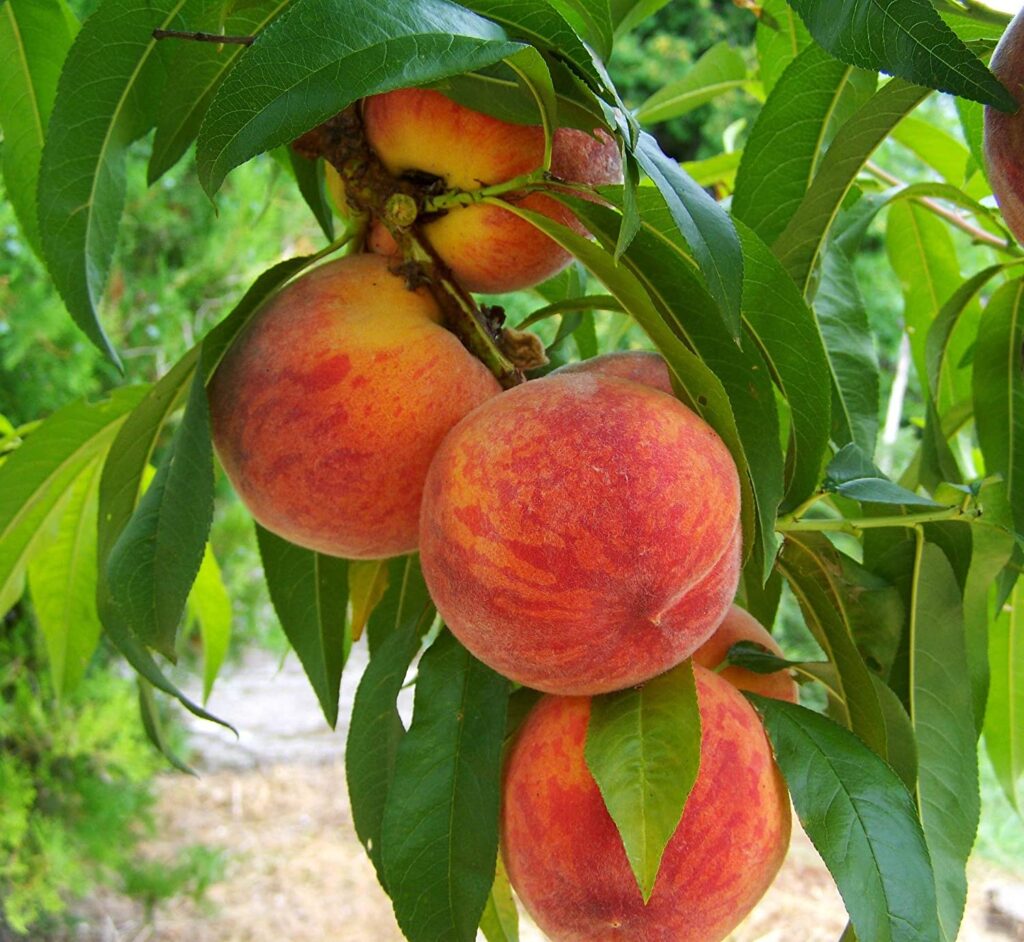
No Protection Needed
- Apple
- Apple Cactus (Peruvian)
- Bay
- Blackberry
- Blueberry
- Brassicas: kale, broccoli, cauliflower, cabbage, etc.
- Elderberry
- Fig
- Ginger
- Loquat (Un-pollinated blossoms may need some protection)
- Mulberry (all varieties)
- Nectarine
- Olive
- Peach (Tropic Beauty pictured above)
- Pear
- Persimmon
- Plum
- Pomegranate
- Raspberry
- Turks Cap Hibiscus
- Turmeric
TIP: For online ordering of some of these plants, here is a great local place we recommend, who also ships nation-wide: https://www.anaturalfarm.com/live-plants
How to Protect Tropical Plants During a Freeze
There are several methods of protection that you can offer your tropical and cold sensitive plants during a freeze. Sometimes, layering these methods will help provide that extra bit of peace of mind.
- Bring younger potted plants indoors or against the house. The radiant heat from the house, concrete, and protection of a covered pool area is often enough to protect them. Some sensitive plants (like Vanilla Orchid) are better off being brought indoors for the night when frost is eminent.
- Cover younger plants and trees with frost cloth. This is one of the best methods for younger trees, plants that are in the ground, or if you are working on short notice. The wraps that go around individual trees are often more expensive, so frost cloth is cheeper when purchased in a longer roll.
- Turn on a sprinkler or misting system. The running water will help keep things moving and prevent the damage to the trees up to a certain point. Let it run all night over your food forest and into the morning until after the temps are above freezing.
- Start a campfire or two. The smoke and heat from the fire burning overnight can help keep the food forest warm. This does, however, require safety measures to be taken.
- Use old Christmas lights. Wrap sensitive trees with filament style lights, because the heat produced by the bulbs can protect the trees, especially when used under frost cloth.
- Spray the plants with probiotics the day before the freeze. Probiotic and microbial activity can help prevent frost damage on sensitive plants. There are some great scientific studies on this, for those who like this sort of thing. Click here for the probiotic we recommend.
- Mulch extra heavy with wood chips, leaves, or straw. The extra biomass is not only good for the soil, but the blanket will help protect the soil and root ball from the colder temps. The biomass will also give off radiant heat throughout the colder temperatures.
- Wrap small banana trunks with towels. Bananas are going to look “ugly” this time of year with a lot of dead material. Leave it on! This will serve as additional insulation until the spring arrives, and keep the plants protected.
What NOT To Do During the Cold Snap
A. Water well the few days before. It’s actually best to have LESS water in the plant leaves and stems. So do NOT water for a couple days before the frost. Let plants rest.
B. Use tarps or plastic to cover plants. The plastic does NOT breath enough and increases the humidity and formation of frost / ice crystals under the covering. In addition, the plactic will prevent plants from breathing and daytime heat will literally cook the plants, which can be more dangerous than the frost itself. Use a breathable material like an old bed sheet or frost cloth instead.
C. Leave the frost protection on the next day. Always remove the covering first thing in the morning, so the moisture can be released and the plants can slowly warm up in the morning sun. Leaving them covered can actually cause the plants to get “cooked” under the material.
D. Fertilize. Never fertilize in the weeks before or after a cold snap. Let your plants harden off and do not force new (sensitive) growth. Generally during the winter months, stop fertilization in general (only use light compost or foliar feeds).
Final Notes
If you have any further questions, feel free to reach out to us on social media or contact a local greenhouse. Get insight from other organic fruit tree and berry bush growers in your area, because they will have familiarity with your microclimate.
NOTE: We also offer several personal property consultation services. Check those out HERE.
Best of luck in the cold and we’ll see you in the garden.

